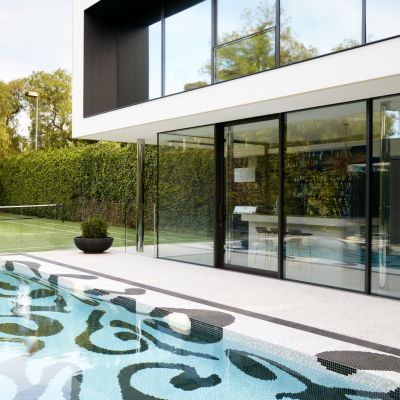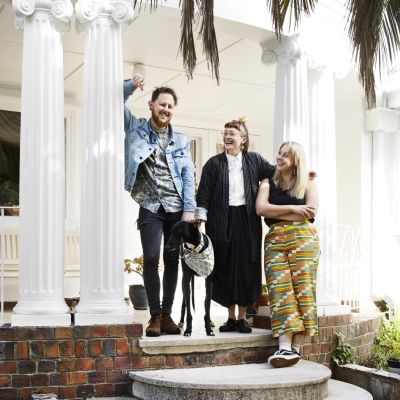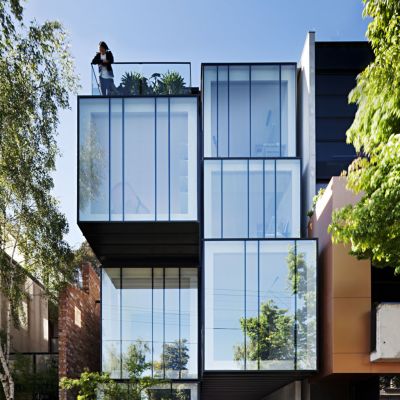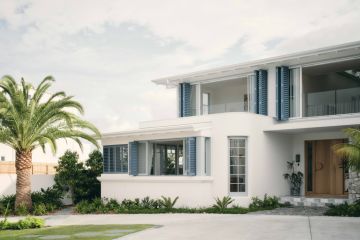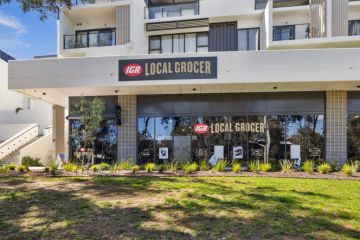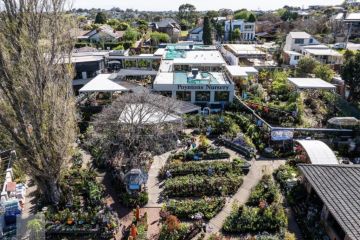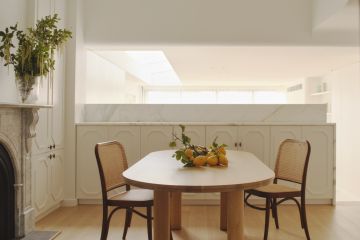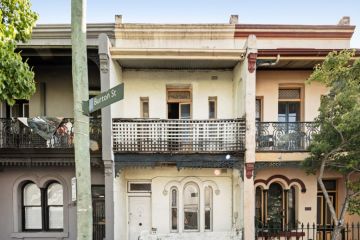Considered elegance rules at awards: The design that captured the year

A sense of restrained elegance characterises the winners of this year’s Interior Design Excellence Awards (IDEA), with Australia’s top interior design talent demonstrating a distaste for excess across the board.
The annual IDEA competition was started in 2003 by inside magazine as a way of celebrating the best of local design.
This year, 277 projects were shortlisted across 13 categories including single and multiple residential, hospitality, retail and institutional, with the winners announced at a gala party in Sydney in November.
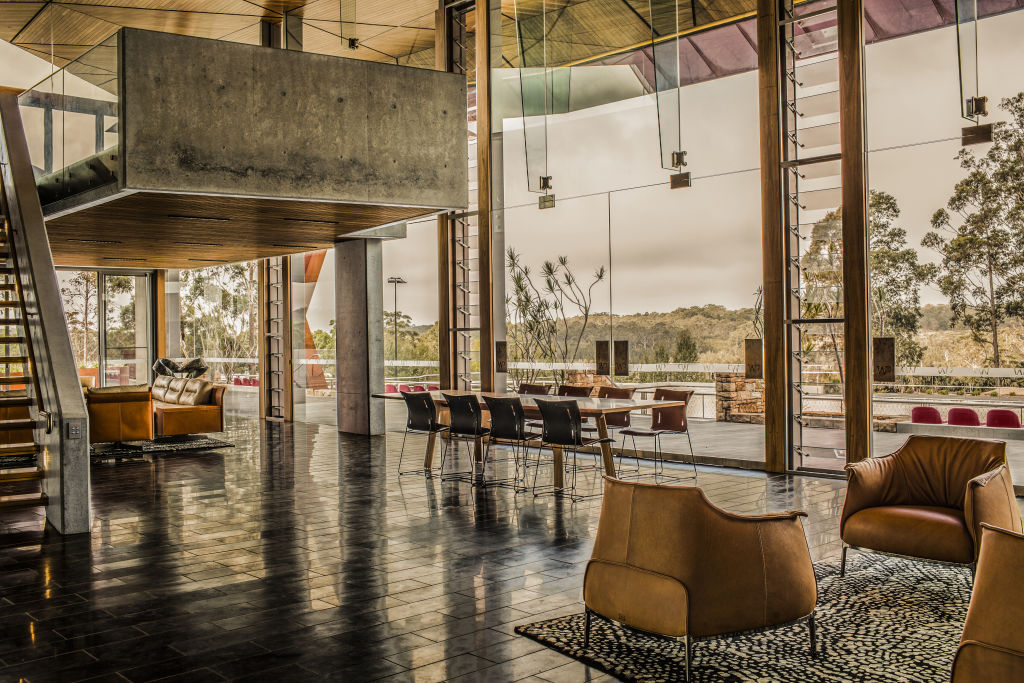
Despite international trend forecasters predicting a return of maximalism to our living spaces in 2018, this year’s winning entries showed a marked preference for pared-back luxury.
Twig House, a joint project between Leeton Pointon Architects + Interiors and Allison Pye Interiors, exemplifies this aesthetic with its calming atmosphere and its thoughtful approach.
The Melbourne dwelling, which was awarded the Residential Single prize, was conceived as a live-in sculpture, with a series of curved walls of unadorned concrete softened by oak ceilings, sheer curtains and eucalyptus twig screens.
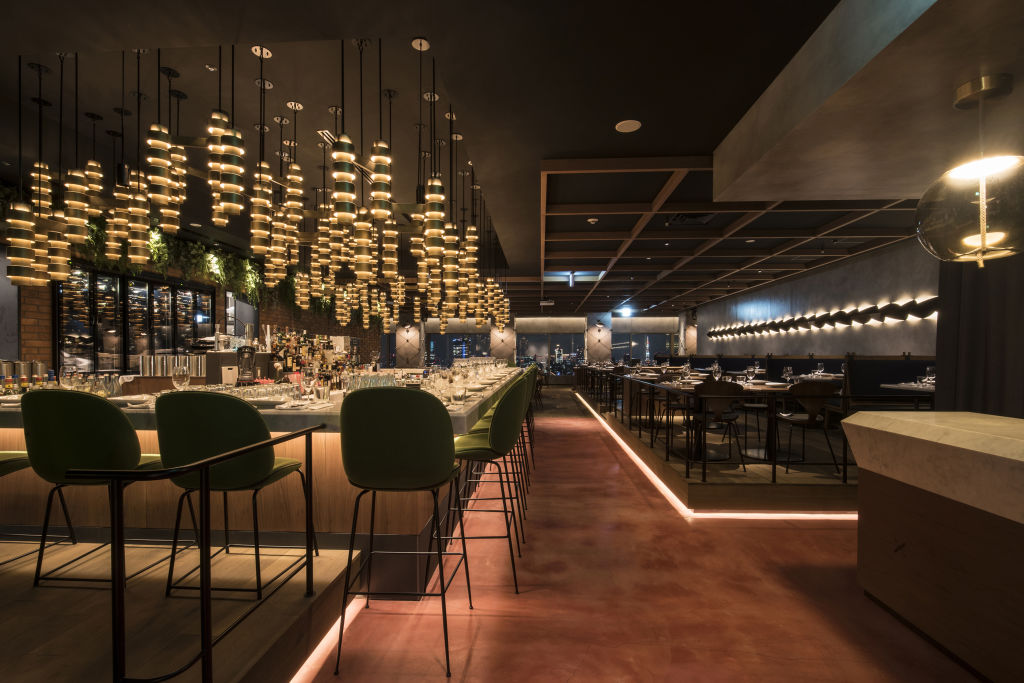
On a larger scale, the new Learning and Teaching Building at Monash University by John Wardle Architects (winner of the Institutional category) exhibits the same preoccupation with the building’s role within the landscape in Clayton.
The vast space functions as a small city or township contained within a single building. In a nod to the bushland heritage of the site, paths are designed to resemble ravines, staircases are transformed into escarpments, courtyards become clearings and so on.
Jan Henderson, co-editor of inside magazine, says the unifying theme across the winners in each category is the principle that “curation is key”.
“It’s not so much ‘less is more’, but it is about including the correct style and amount of furniture and fittings, detailing and architectural elements,” she explains.
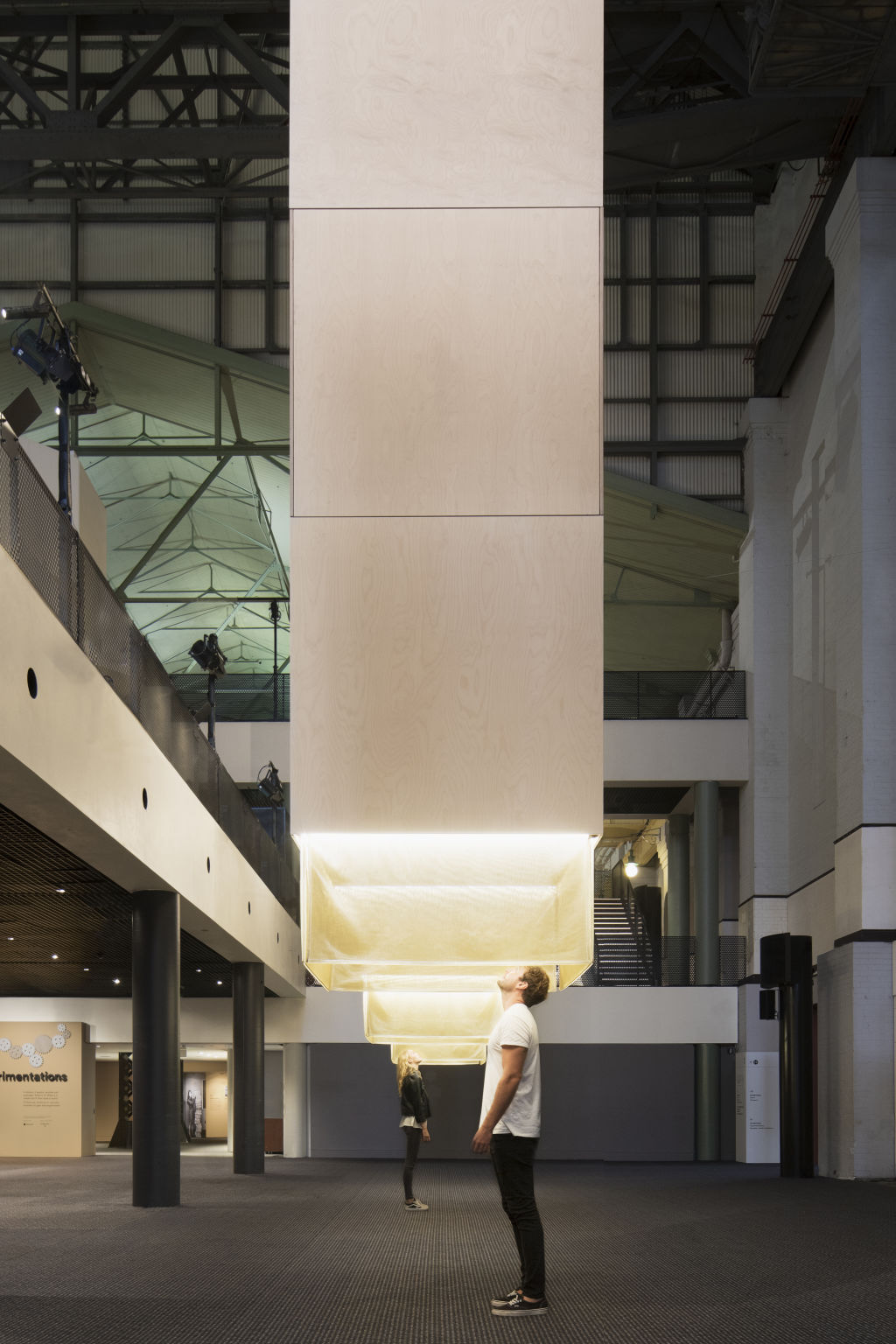
In the residential decoration category, the Pacific Bondi apartment by influential emerging design practice Amber Road shrugs off the conventions associated with the coastal aesthetic, while still celebrating the project’s enviable Sydney beachside location.
The apartment, located in the recently redeveloped Swiss Grand Hotel overlooking Bondi Beach, features a dramatic bedroom with black plaster walls that allow for the play of sunlight off the ocean without being overly “beachy”.
Gillian Serisier, Henderson’s co-editor on inside, says the project reflects a shift away from trend-driven design towards interiors tailored to the individual.
“What we are seeing is uniquely designed interiors that speak very much to the owner’s taste, style,
art collection and living needs,” she says.
We recommend
States
Capital Cities
Capital Cities - Rentals
Popular Areas
Allhomes
More
